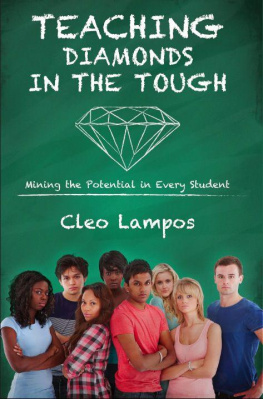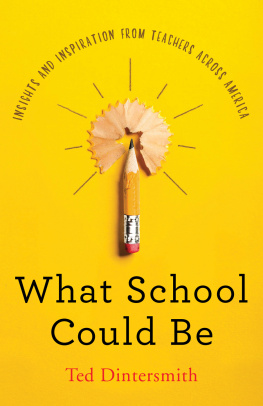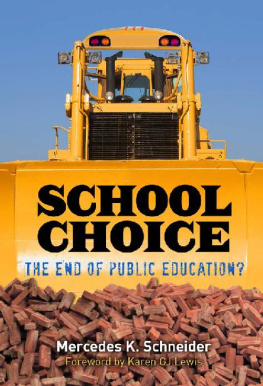Linda K. Wertheimer - Faith Ed: Teaching About Religion in an Age of Intolerance
Here you can read online Linda K. Wertheimer - Faith Ed: Teaching About Religion in an Age of Intolerance full text of the book (entire story) in english for free. Download pdf and epub, get meaning, cover and reviews about this ebook. year: 2015, publisher: Beacon Press, genre: Religion. Description of the work, (preface) as well as reviews are available. Best literature library LitArk.com created for fans of good reading and offers a wide selection of genres:
Romance novel
Science fiction
Adventure
Detective
Science
History
Home and family
Prose
Art
Politics
Computer
Non-fiction
Religion
Business
Children
Humor
Choose a favorite category and find really read worthwhile books. Enjoy immersion in the world of imagination, feel the emotions of the characters or learn something new for yourself, make an fascinating discovery.

- Book:Faith Ed: Teaching About Religion in an Age of Intolerance
- Author:
- Publisher:Beacon Press
- Genre:
- Year:2015
- Rating:4 / 5
- Favourites:Add to favourites
- Your mark:
Faith Ed: Teaching About Religion in an Age of Intolerance: summary, description and annotation
We offer to read an annotation, description, summary or preface (depends on what the author of the book "Faith Ed: Teaching About Religion in an Age of Intolerance" wrote himself). If you haven't found the necessary information about the book — write in the comments, we will try to find it.
A suburban Boston school unwittingly started a firestorm of controversy over a sixth-grade field trip. The class was visiting a mosque to learn about world religions when a handful of boys, unnoticed by their teachers, joined the line of worshippers and acted out the motions of the Muslim call to prayer. A video of the prayer went viral with the title Wellesley, Massachusetts Public School Students Learn to Pray to Allah. Charges flew that the school exposed the children to Muslims who intended to convert American schoolchildren. Wellesley school officials defended the course, but also acknowledged the delicate dance teachers must perform when dealing with religion in the classroom.
Courts long ago banned public school teachers from preaching of any kind. But the question remains: How much should schools teach about the worlds religions? Answering that question in recent decades has pitted schools against their communities.
Veteran education journalist Linda K. Wertheimer spent months with that class, and traveled to other communities around the nation, listening to voices on all sides of the controversy, including those of clergy, teachers, children, and parents who are Muslim, Jewish, Christian, Sikh, or atheist. In Lumberton, Texas, nearly a hundred people filled a school-board meeting to protest a teachers dress-up exercise that allowed freshman girls to try on a burka as part of a lesson on Islam. In Wichita, Kansas, a Messianic Jewish familys opposition to a bulletin-board display about Islam in an elementary school led to such upheaval that the school had to hire extra security. Across the country, parents have requested that their children be excused from lessons on Hinduism and Judaism out of fear they will shy away from their own faiths.
But in Modesto, a city in the heart of Californias Bible Belt, teachers have avoided problems since 2000, when the school system began requiring all high school freshmen to take a world religions course. Students receive comprehensive lessons on the three major world religions, as well as on Sikhism, Hinduism, Buddhism, and often Shintoism, Taoism, and Confucianism. One Pentecostal Christian girl, terrified by idols, including a six-inch gold Buddha, learned to be comfortable with other students beliefs.
Wertheimers fascinating investigation, which includes a return to her rural Ohio school, which once ran weekly Christian Bible classes, reveals a public education system struggling to find the right path forward and offers a promising roadmap for raising a new generation of religiously literate Americans.
Linda K. Wertheimer: author's other books
Who wrote Faith Ed: Teaching About Religion in an Age of Intolerance? Find out the surname, the name of the author of the book and a list of all author's works by series.








